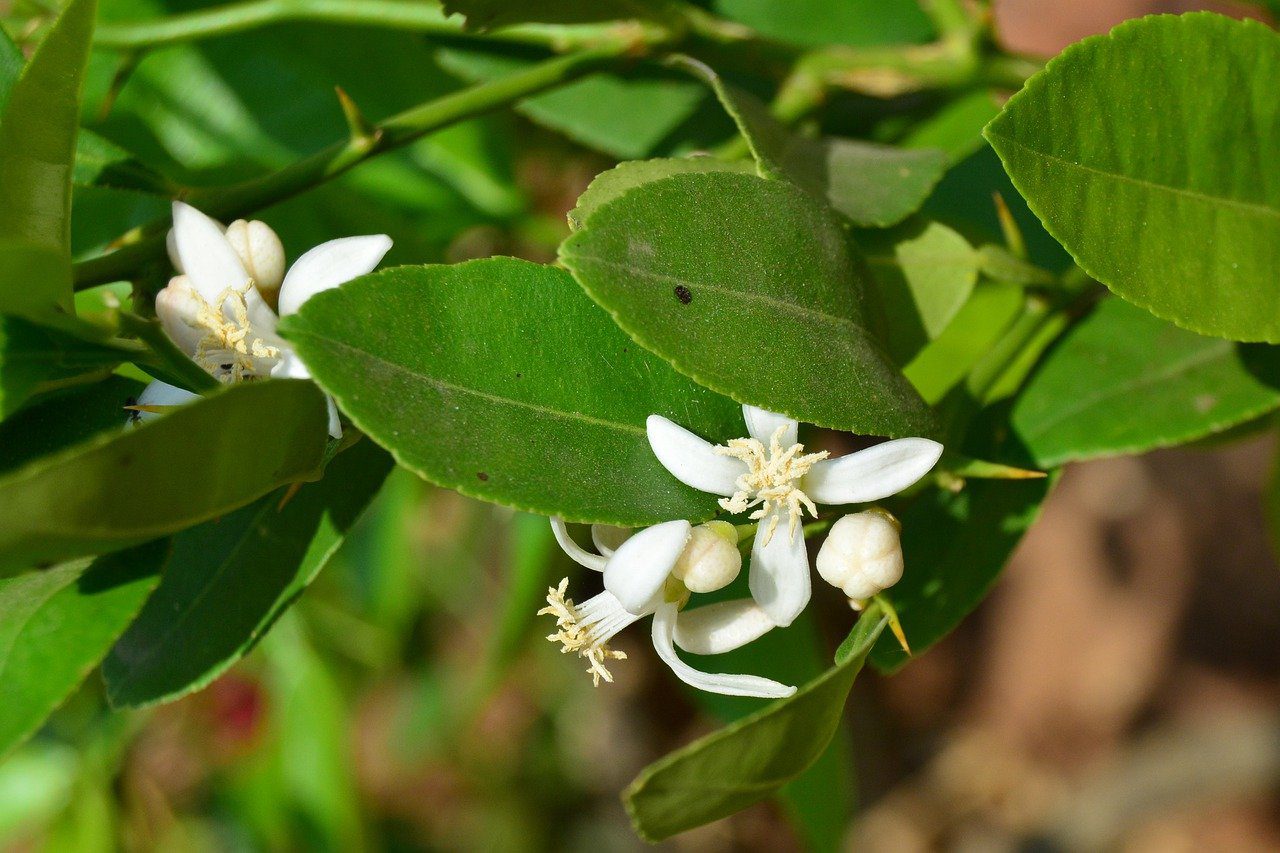See the factors that affect citrus leaf nutrient concentration to dial in your citrus leaf sampling and nutrient management program.
Many citrus growers use citrus leaf nutrient sampling to get a better picture of their grove’s nutrient needs. It is generally recommended to sample citrus leaves that are 4- to 6-months old and from non-fruiting twigs as those are the types of leaves that were used to compile, according to a Citrus Industry article written by Chris Oswalt, a UF/IFAS citrus Extension agent. However, sometimes leaves other than those recommended are used for nutrient sampling. The article explores the factors that affects nutrient concentrations when using leaves for sampling outside the recommended parameters. See the details below.
Factors That Affect Citrus Leaf Nutrient Concentration
According to the article, “leaf nutrient levels are transient and change during the growing season based on the nutrient supply and demand of plant growth and fruiting,” and that the “information is based on healthy trees without citrus greening.” These are the factors that can affect citrus leaf nutrient concentrations:
Leaf Age
“Leaf age can affect the nutrient concentration in citrus leaf samples. Nitrogen is less consistent and variable based on nitrogen fertilization timing, specifically on sandy soils with low nitrogen reserves. Nitrogen uptake and mobility are relatively fast, and samples taken immediately after fertilizer applications will likely have higher nitrogen concentrations. Leaf nitrogen levels will decrease with leaf age…
Phosphorus and potassium decrease with leaf age. Calcium, boron, iron and manganese increase with leaf age. Magnesium increases with leaf age to about the 6-month timeframe and then decreases. Copper and zinc remain stable with increasing leaf age.”
Nutrient Mobility
“Within the tree, the mobility of citrus nutrients will affect leaf concentrations. Nutrients considered mobile in plants are nitrogen, phosphorus, potassium, magnesium, sulfur and chlorine. These will depend on the time of year, and the source/sink relationship within the tree will move from older leaves into newly developing flush leaves. Calcium, iron, zinc, copper, manganese, boron and molybdenum are non-mobile nutrients. Thus, movement from older leaves to other parts of the tree is significantly reduced.”
Twigs and Shoots
“The consequences of sampling fruiting twigs versus non-fruit twigs can also result in a difference in leaf nutrient levels. Fruiting twig leaves will contain high calcium and magnesium levels and lower nitrogen, phosphorus, potassium, zinc, copper, iron and boron levels.
Leaves collected from flushing shoots have slightly lower nitrogen, potassium and magnesium levels. These lower levels are likely due to the nutrients’ mobility within the tree.”
Leaf Size and Location
“The size of the leaf and the location within the tree has an effect on nutrient levels. Although differences exist, larger leaves have higher potassium levels, so the collection of normal/average size leaves is adequate. The location on the tree does affect the nutrient concentration of citrus leaves. Examples would be potassium (in Valencia orange) is significantly higher at the zero to 6-foot height than at a height greater than 6 feet. Potassium is also more elevated on inside versus outer canopy leaves, while magnesium is lower inside the canopy. So, it would be best to collect samples randomly from around the tree canopy and not just one location on all trees.”
Other Factors
“Considerations for tree-to-tree variation or variations due to rootstock and scion must be recognized. Samples should be collected from uniform and representative trees to minimize sample variation. Significant differences can occur between trees on different rootstocks and scions…
Irrigation management can potentially affect nutrient concentrations. Excessive irrigation can lead to the leaching of highly soluble plant nutrients, resulting in potentially deficient concentration levels in leaves.
Fruit load can also affect leaf nutrient concentrations. In “on” years (heavy crop years), magnesium levels could be lower in seedy citrus varieties, especially grapefruit. Heavy crops during “on” years can result in a decrease in leaf nitrogen, phosphorus and potassium and an increase in leaf calcium levels.”
Griffin Fertilizer is committed to helping both growers and ranchers make sound agronomic and economic decisions in order to maximize the health of their grove and pasture. As a full-service custom dry & liquid fertilizer blender and crop protection product distributor, we will continue our mission to further advance Florida agriculture. For questions or concerns about your farm or pasture, contact us and one of our team will be in touch.

